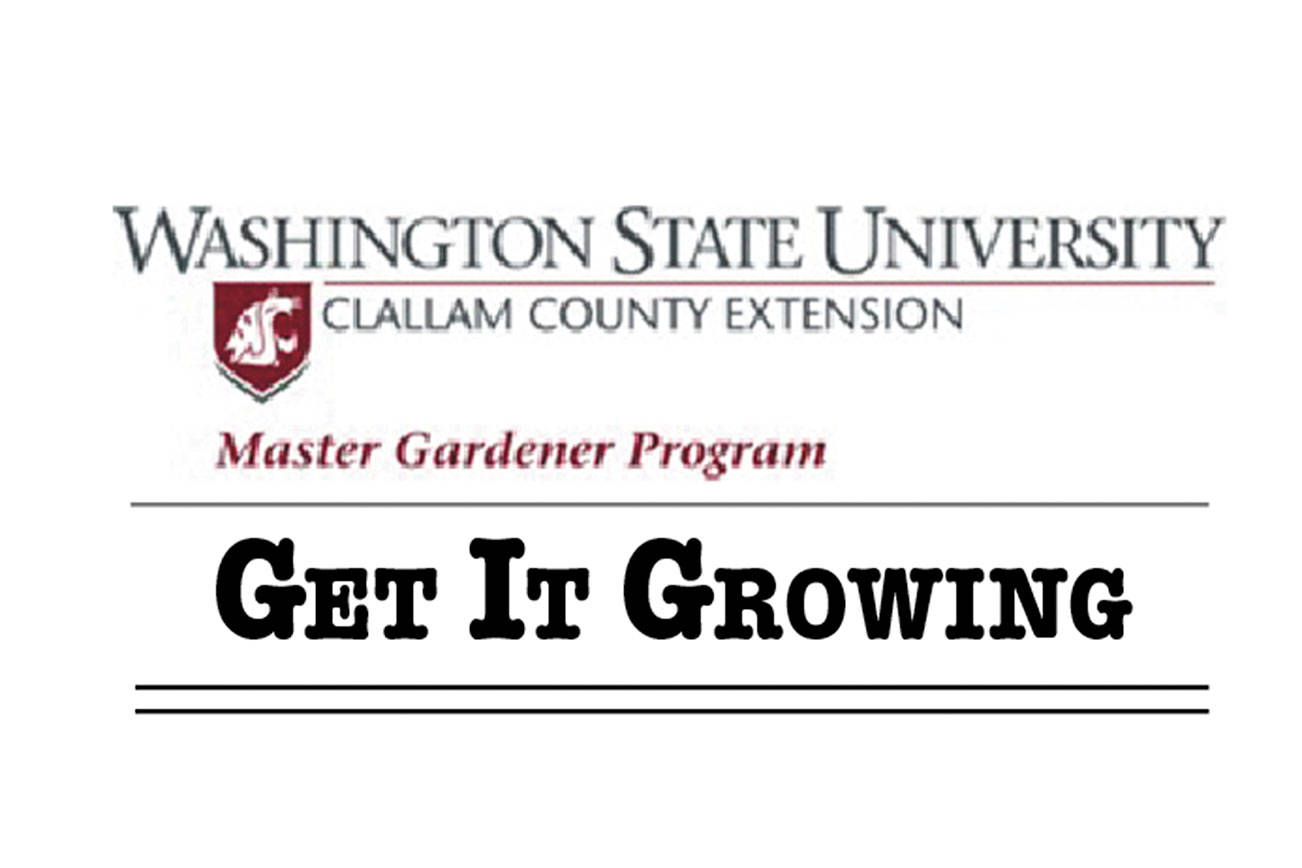You have decided to have a vegetable garden this year, but the site you selected, which is sunny and well drained, is covered with grass and landscape plants. It is March, so it is time to get to work!
First, protect the soil at your soon-to-be garden site from excessive rain by placing large pieces of heavy cardboard directly on top of the ground; this will help dry the soil. Working the soil when the ground is too wet will compact it and is not good for the plants.
If you start digging and soil sticks to the shovel or the shoveled surface of the soil is wet and shiny, it is too wet to work. Wait until the soil is drier.
When the soil is moist but not soggy, remove the grass and landscape plants. To remove the grass, slide a spade or fork under it at a depth of about 2 inches and roll it back. The removed sod can be planted in another lawn area.
If the landscape plants are worth saving, shovel around each, encompassing sufficient roots and soil to protect the roots. Hold plants in pots for later transplant or replant immediately into appropriately sized holes.
Spade or rototill the entire garden site. Dig down at least 12-18 inches for first-time beds. As you turn the soil, remove rocks and roots.
Test the soil to determine whether amendments are needed. The Clallam Conservation District runs a low-cost soil testing program to help Clallam County residents make informed decisions about the management of soil nutrients. Visit the Conservation District website at for more information.
The soil test will identify nutrients that need to be added to your garden site and whether the soil pH (a measure of acidity) is in the correct range. Sulfur can be used to acidify the soil and lime can be used to make the soil more alkaline. Apply amendments as indicated in the report and spade or rototill them into the soil.
While waiting for soil test results, plan what you will grow in your garden. Focus on vegetables your family likes. Consider how much they will eat and how much you intend to share, can, freeze or dry.
If you are a first-time vegetable gardener, plant vegetables that are easy to grow. Among the easiest are beets, bush beans, leaf lettuce, radishes, peas, summer squash and Swiss chard. More difficult to grow vegetables include cauliflower, eggplant, lima beans, melons and peppers. Tomatoes are a favorite crop, but not an easy one here because they love warm weather.
Because of our short growing season, choose varieties marked “early” or “fast-maturing.” Check with your local nursery and neighbors for recommendations.
Before you plant, plan where you will locate each crop. Arrange your garden by growing period
and plant height. Spring crops should be grouped together so you can plant later-producing vegetables after spring vegetables have been harvested. Shorter plants should be planted on the south side of tall or trellised plants to avoid shading the shorter plants.
Put your plans on paper. Follow the recommended plant and row spacing provided on the back of the seed packets.
As a final step think about how you will water your garden. Options include hand watering, soaker hoses, drip irrigation and sprinklers. Hand watering takes a substantial amount of effort, and usually is not the best option for busy gardeners. Sprinklers are easy to use but get the foliage wet and water the ground (including pathways) indiscriminately.
Soaker hoses and drip irrigation are the most efficient, allowing water to soak in slowly with minimum lost to run off and evaporation. They also keep foliage dry, helping to minimize diseases.
Judy English and Bill Wrobel are WSU-certified Clallam County Master Gardeners.
Lasagna gardening: Another approach to garden beds
Lasagna gardening, sometime called sheet composting, is an easy, no-dig method to create a garden bed. You do not have to remove weeds or grass or work the soil at all. Lasagna gardening composts lawn and food wastes in place to make a new garden.
Just like the lasagna you cook, your lasagna garden has to be layered in a general order.
1. Put down brown corrugated cardboard or three layers of newspaper as the foundation of your lasagna garden. Lay the cardboard or newspaper directly on top of the grass or weeds where you want your garden to be.
2. Wet this layer down to keep everything in place. Water also helps materials break down.
3. Put a layer of “brown materials” on top of the cardboard or newspaper. Examples of “browns” include dried leaves, shredded newspaper, peat and pine needles.
4. Put a layer of “green materials” on top of the brown layer. Examples of “greens” include vegetable scraps, garden trimmings and grass clippings.
5. Continue to layer until your lasagna garden is about two feet high. In general, you want your “brown” layers to be about twice as deep as your “green” layers.
6. Add mulch to the top of the bed.
It is best to create a lasagna garden bed in the fall. Moisture from rain will help break down the materials over the winter and the garden will be ready for planting when warmer temperatures arrive in spring.
If you make the lasagna bed in spring, layer as many greens and browns as you can, with layers of peat or topsoil mixed in. Put three or four inches of topsoil on the top layer, and plant.


